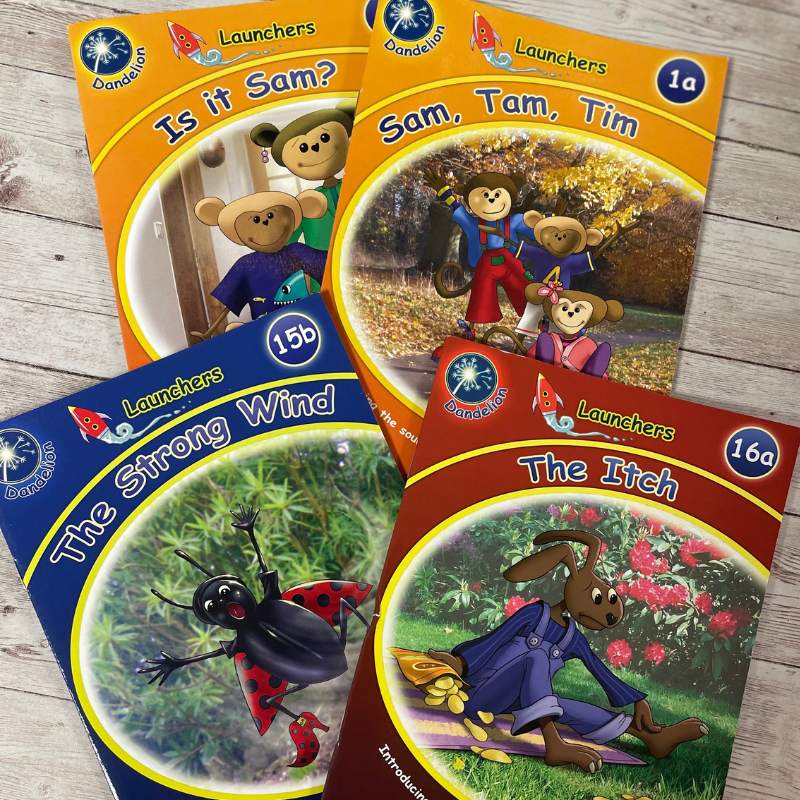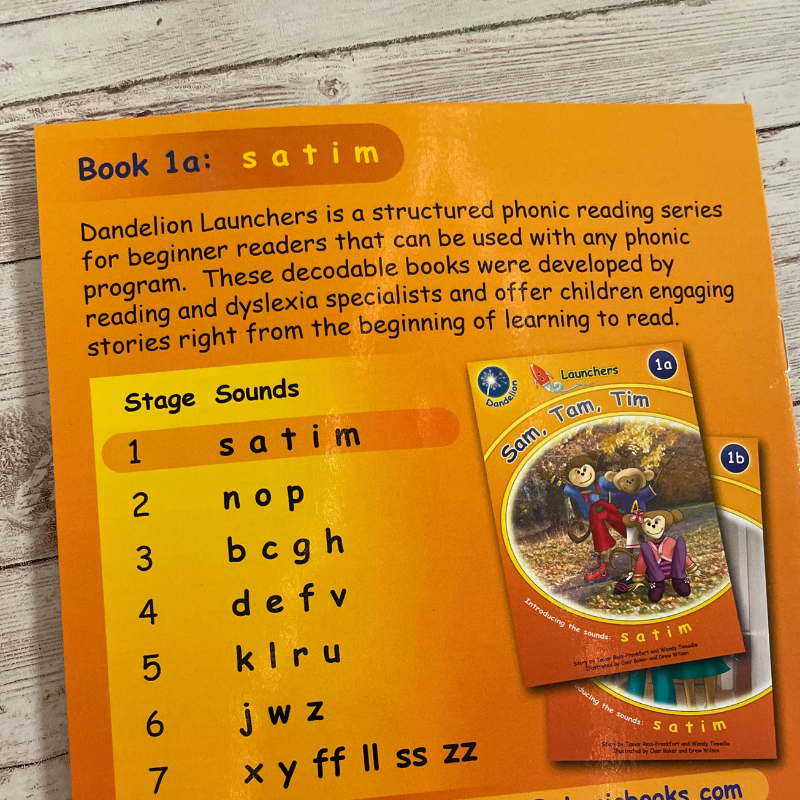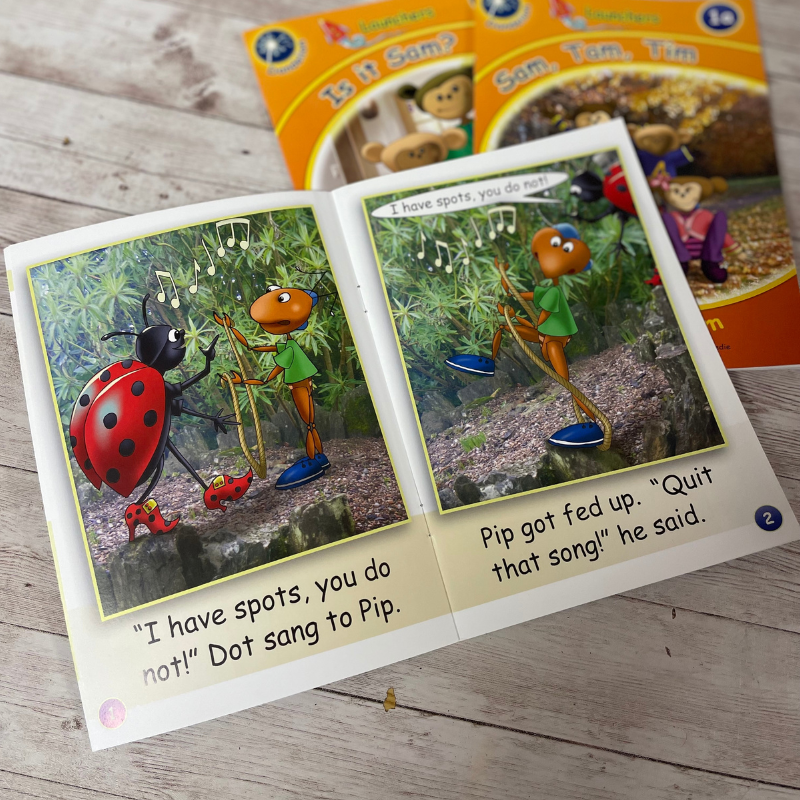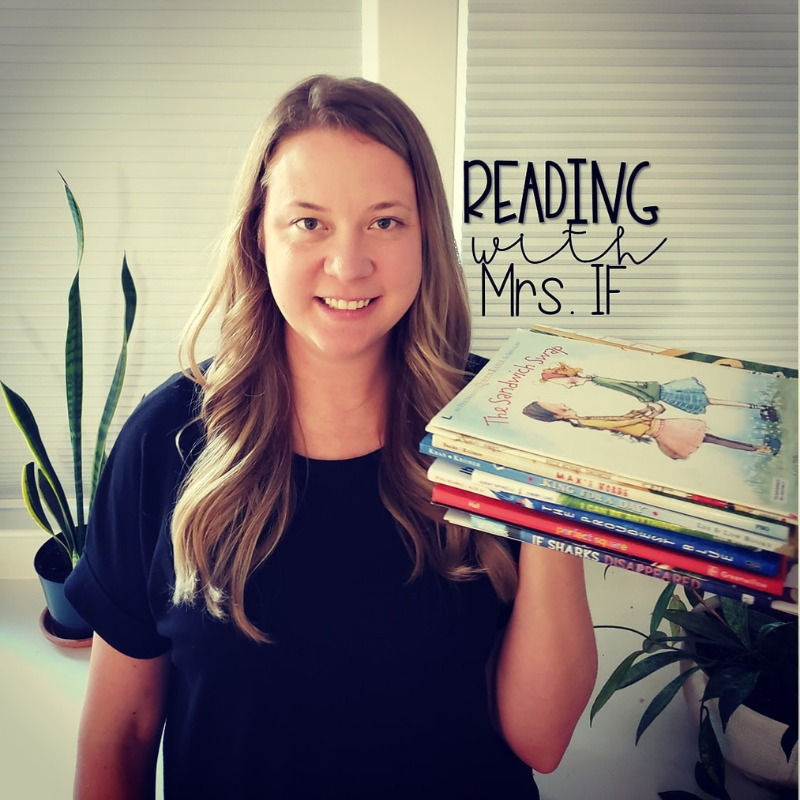

BLOGS > SEPTEMBER 26, 2023
BY HANNAH IRION-FRAKE

Join Hannah Irion-Frake for an engaging presentation designed to help you incorporate decodable texts into your elementary classroom and to help all students become successful readers.
One essential component of early literacy instruction is the development of the alphabetic principle, the understanding that letters and letter patterns represent the speech sounds in our language. As young students learn to read, they are doing the hard work of connecting speech sounds in their language to the print on the page. One tool I use to help students achieve this skill is the use of decodable texts.

What are decodable texts?
Decodable texts can be defined as content for beginning readers that has been controlled to only include the phoneme-grapheme correspondences and high-frequency words students have been taught through instruction. In other words, when reading a decodable text, students will only encounter words they have the skill set to sound out and read on their own.
From this definition, we can see how connected the decodability of a text is to the young reader. A text is only decodable to the extent that the student has learned the phoneme-grapheme correspondences they will find in that text. Furthermore, what is considered decodable for a student will change as they learn new phoneme-grapheme correspondences through phonics instruction. Any text can be a decodable text, if students have the skill set and phonics knowledge to read the words.
How do I know what a student can decode?
To understand what phoneme-grapheme correspondences and high-frequency words your students are ready to encounter in decodable text, it is best to use a scope and sequence as part of your phonics curriculum. A phonics scope and sequence organizes the order of phonics skills taught to students and acts as a road map for patterns learned and patterns to come. From my teaching experience, I know there is not one perfect scope and sequence – but I do know what makes a good one! Look for a progression of skills from easy to more complex.

How are decodable texts different from other types of texts?
Decodable texts are different than other kinds of texts you might find in an elementary classroom. Unlike predictable texts and leveled readers, decodable texts do not include unknown phonics patterns or unfamiliar high-frequency words. Of these three types, decodable text is best suited for our beginning readers.
Decodable texts also differ from literature and nonfiction texts that feature robust vocabulary, complex syntax, and abstract ideas. Every classroom should include high-quality fiction and nonfiction texts to help build background knowledge, introduce new vocabulary, and expose students to advanced sentence structure and various genres. These types of books are ideal for read alouds if your students do not yet have the phonics knowledge to read them independently.
I encourage teachers to think of decodable texts as an instructional tool to support beginning readers. They provide students with practice in segmenting and blending words in an authentic context as they move towards automaticity and fluency in their decoding skills. Decodable text allows students to practice the hard work of segmenting, blending, and decoding words, which helps them develop proficiency with phoneme-grapheme correspondences.
How do you use decodable texts?
Decodable text should be an essential part of each phonics lesson. When students read decodable text, they are practicing their skills in a controlled, but authentic context. It is a chance for students to use what they’ve learned about phoneme-grapheme correspondences in a way that prepares them for future reading.
Decodable texts are often the final step in a good phonics lesson plan. I use them after students have had explicit instruction and opportunities to practice reading and writing the target phonics pattern in words and sentences. You can find a free phonics lesson planning template here.
Before asking students to read a decodable text, I always prepare my students by having them highlight words in the text that have the target phonics pattern. Then, I ask them to read the highlighted words. I also teach or review high-frequency words they will encounter in the text. On future re-reads, I take away these scaffolds and have students read a blank copy of the decodable text.
If students make mistakes while reading, I prompt them to fix their errors in ways that keep their attention focused on the words. If a student is struggling to read a word, use prompts that help them apply their phonics knowledge to segment and blend the word. Use phrases like, “say all the sounds” or “sound it out”. Do not use prompts that draw attention away from the print, and avoid prompts that ask students to look at the picture or consider what would make sense in the story. Guessing is not a decoding strategy.

Aren’t decodables boring?
I’ve heard some people say decodable texts are boring to read. This may be true for fluent adult readers, but we must remember the purpose of using decodable texts as an instructional tool – they are not the end goal of instruction, but rather a means to an end. To a young, novice reader, who is just learning letters and sounds, they are a gateway. They provide a safe place for beginning readers to successfully read familiar phoneme-grapheme correspondences, which builds confidence in our young readers. They give our students the opportunity to do the hard work of learning to read. Decodable texts are an essential part of a good literacy curriculum.
If you are ready to encourage students with decodable texts, check out these on Titlewave.

Hannah Irion-Frake
Third Grade Teacher
Hannah Irion-Frake is a third-grade teacher in Central Pennsylvania with degrees in Elementary Education, Reading, and Curriculum & Instruction. She is a self-proclaimed literacy nerd. Hannah shares passionately about reading at www.readingwithmrsif.com and on Instagram @readingwithmrsif.
What We're Reading: Best of 2025
November 17, 2025
As the year wraps up, we’re highlighting the top books that sparked curiosity, inspired learning, and kept students turning pages in 2025. These eight standout titles – from award-winning historical fiction to imaginative adventures and engaging picture books – are...
Read more
Get Ahead of the 2026 ALA YMAs with These 5 Must-Read Contender Titles
November 1, 2025
This month, we’re diving into the most buzzworthy books of the year – handpicked by our Curation Team from our ALA Youth Media Award Contenders book list. These standout titles are generating serious award chatter, and we’re reading them now to...
Read more
Celebrate holidays with 12 seasonal titles!
October 13, 2025
Motivate students to read with these seasonally themed books from Capstone Publishing! Spark their interest with books focusing on holidays they know and love and give them the chance to discover new ones they’ve never heard of.A Bold Pumpkin PlanBy Katy...
Read more
Why the Food Group Series Continues to Take the Cake
October 1, 2025
From The Bad Seed to The Smart Cookie, Jory John and Pete Oswald’s Food Group series has become a staple in classrooms and libraries across the country. With its clever characters, laugh-out-loud humor, heartfelt lessons, and captivating illustrations, the series has helped educators...
Read more
Pippa Park Books Come to Life in Video Series!
September 19, 2025
Middle graders aren’t reading for pleasure like they used to, and educators, booksellers, and families want a solution to get them excited about reading and sharing stories with their peers again. One part of such a solution is to meet...
Read more
Preview exciting fall 2025 eGalleys from Capstone!
September 15, 2025
We’ve partnered with Capstone and NetGalley* to provide digital access to 15 upcoming nonfiction and fiction titles releasing January 1, 2026. You’ll want to take advantage of this early access so you can then preorder the titles you love on...
Read more